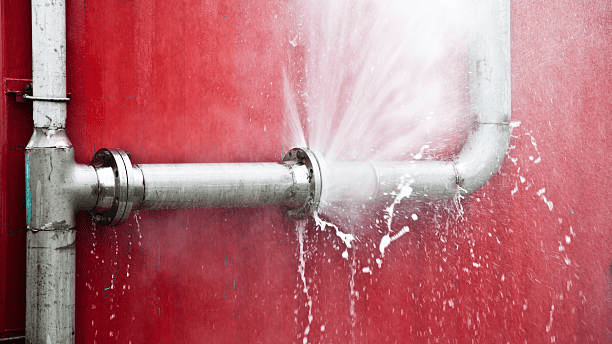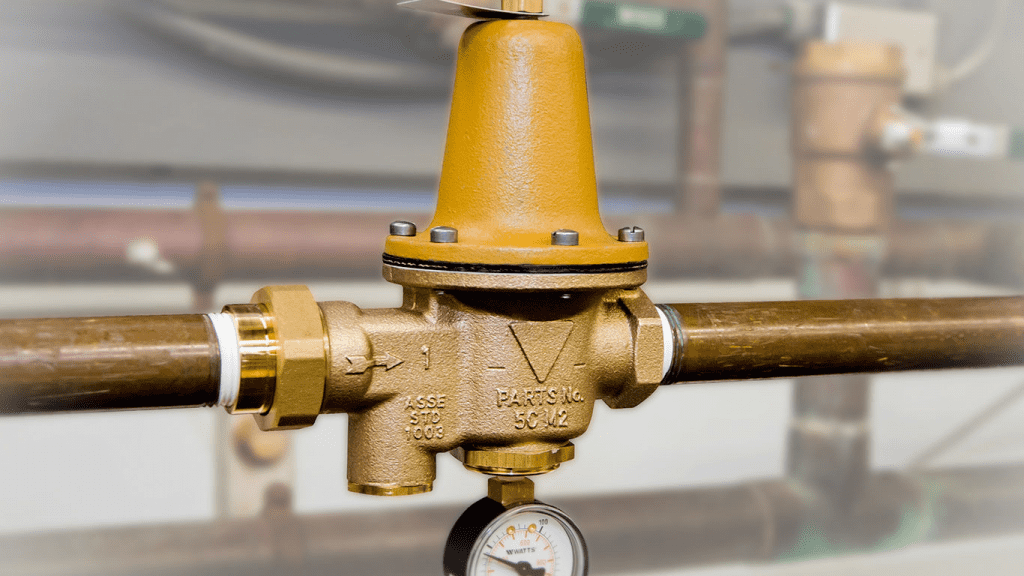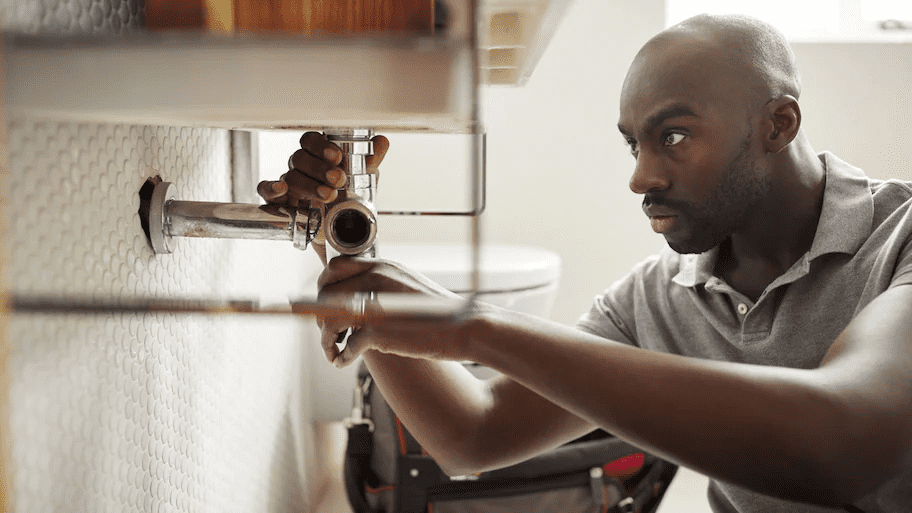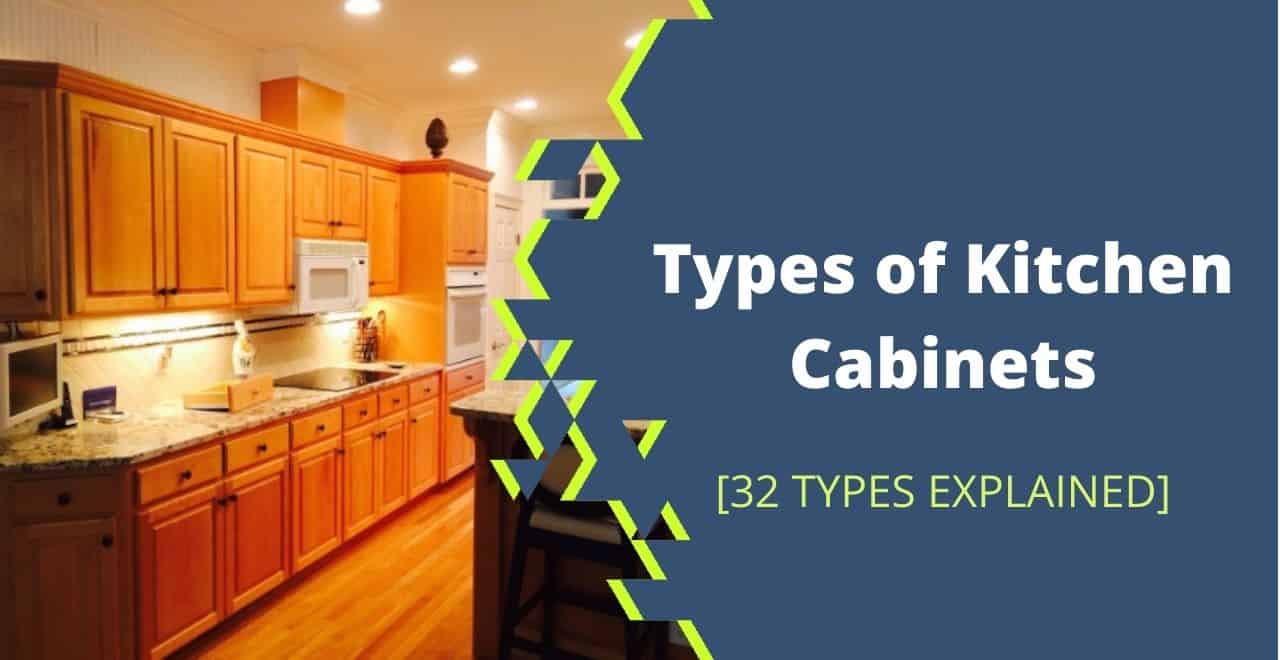Opening your kitchen sink to find water running slow is a frustrating experience, primarily when it used to rush. The low water pressure will make all kitchen duties like cooking and doing the dishes frustrating and more prolonged. So it’s normal to search for ways to fix low water pressure.
According to Bernoulli’s equation, there is a relationship between the heights of two points affecting the water pressure. Several factors can influence a kitchen sink to deliver low water pressure.
The rest of this article will analyze the possible causes of your water pressure reduction and how you can solve them.
JUMP TO: Causes of Low Sink Pressure | Methods to Increase Pressure | How to Prevent Low Pressure in Sink | Bottomline |
- Clean and check the aerator. You may need a plier to remove the aerator.
- Check the pipe and pipe work. There may be a leak or any other mistake in the pipe work.
- Contact your water supply company. Try to ask your neighbors
What Causes Low Water Sink Pressure
As I have mentioned, many factors contribute to the low water pressure of any kitchen sink. Sometimes, it may be a simple issue like a water pipe leakage. Other times, it may occur because the pipe system doesn’t meet the minimum pressure criterion during installation.
Irrespective of why your kitchen sink’s pressure is low, there is always a solution. The best choice is to call a plumber, but at certain times, you may fix them yourself.
Caution: You will need specific tools to fix the pressure in some cases. Only try to fix it with the right tools to avoid further damage.
Some of the most common causes include;
Blocked Aerator
The aerator is the part of a sink that maintains the water pressure for a long time. It does this by mixing the water with some oxygen from the air. The aerator looks like a spring wire on the spout of the item.
To check this, you must open both the hot and cold water. If the water flow is low, then there is a chance of clogs.
Over time, the aerator will get clogged with dirt and other items, affecting the water pressure. The solution to this is simple: clean the aerator. This solution will require you to remove the aerator before cleaning it.
CAUTION: You need a plier to remove the aerator from its position. Do not try removing this device without one.
Leakages
In North America, about 50% of the water lost in the region occurs through leaks. Water pressure depends on the movement of the water. If there is any interruption in the movement, the pressure will drop drastically.
It’s logic; if you are going in a direction at full speed and you trip a little, your rate will reduce. It’s the same way water leakages will always affect the pressure.
Some leaks are perfect for hiding, especially when they are not at visible locations. What you’ll notice is the water pressure reduction.
Some technological sensors can help you discover leaks in your technology system.

Source: National Economy Plumbers
Broken Pipes
Like pipe leaks, having a pipe broken in your plumbing system will reduce the water pressure. If the line breaks, it’ll affect the entire water system, not the sink.
So you’ll notice that your showers and other parts of the home suffer low water pressure.
Note: The broken pipe will increase your water consumption and usage.

Source: iStock
Pipe corrosion
Installing steel pipes in your home is fantastic because you’ll use the lines for an extended period. However, these pipes mix with oxygen from the water after a while and get oxidized. The oxidation will corrode the metal, changing its color, amongst other things.
If the color of the pipe changes without affecting water quality, it will be excellent. However, drinking or cooking with water from a corroded water pipe is dangerous to your health. Some of the things it can cause include;
- Diarrhea
- Vomiting
- Headaches
- More complex ailments
TIP: Most times, the only solution to a corroded pipe is replacing the whole pipe system.
What causes pipe corrosion?
Pipe corrosion occurs only in metal pipes. The situation occurs when the oxygen content in the water is high. Most times, this happens when the ph of the water is low.
Related Read: How to Cap Off Sink Plumbing? Permanent+Temporary Methods
General water supply issues
In some cases, low water pressure in your kitchen sink can result from water supply line issues. Most cities in the country work with a municipal water supply line system. If there is any issue at the supply end of the chain, it will affect the pressure.
For instance, let’s assume that your locality works perfectly with a 3000 liters water supply. The water is insufficient if the supply line has issues and reduces to 500 liters.
Hence, the water pressure in some houses will be low, while water will not circulate to some locations.
Cartridge or kitchen Faucet Dirt
Dirt anywhere along the water path in the pipes can cause the water pressure to reduce drastically. The most common culprit of holding clogs is the kitchen faucet. But if the sink has a cartridge in the kitchen faucet, you should look towards it first.
If there’s a cartridge in the system, the best step is to replace it. However, if the faucet is the problem, you only need to clean it correctly.
CAUTION: It’s possible to clean a cartridge, but the process is complex, and the results aren’t perfect.
Pressure Valves Are Faulty
All plumbing systems have multiple valves, reducing and controlling the water pressure that gets into the home. If any of the valves are faulty, it may affect the pressure in both hot and cold water in the sink.
Sometimes there is low pressure in hot water; make sure to check the water heater. There are different valves to check when the kitchen sink’s water pressure is low, including;
- Shut-off valve: This valve always works with any home sink, shower, and other taps. This valve controls the water supply in this valve. The kitchen sink won’t supply water if the shut-off valve is off.
- Main water valve or pressure valve: This valve controls water flow from the supplier into the different lines in the home. If this valve does not have the right setting, it will affect the pressure.
CAUTION: You can set the valves without the help of a plumber, but if you can’t find any of these valves, contact a plumber.

Source: Watts
Proper Pipe size
The most surprising factor affecting a sink’s pressure is the pipe size. Water will only maintain its pressure when it is together. According to an expert, a big pipe will cause a pressure drop by reducing the resistance.
Again, logic comes to play in this position. If the water has enough space, it will flow to first fill up the space before moving forward. But if there is little space, it will proceed with more force.
How to get the perfect pipe size?
Getting the perfect pipe size for your kitchen sink can take time and effort. There is no ideal size, as all sizes depend on the existing pipe system. However, the most common kitchen pipe is the 1-½ inches pipe.
Also Read: Can You Pour Bleach Down The Sink?
How to Fix a Low Water Pressure Sink
Fixing the low water pressure in your kitchen sink is a job for your plumber. However, if you have the right tools, you can fix some issues yourself. Some of the steps to included in the following;
Check and Clean The Aerator
The aerator is the most likely cause of low water pressure; to clean it, you must remove it. Here are the steps involved in cleaning the aerator;
- Remove the aerator with a plier.
- Remove visible clogs with a toothbrush.
- Dip in vinegar overnight to remove stubborn dirt.
TIP: Try to run your tap after removing the aerator to determine whether it’s a problem. If the pressure increases, it’s the aerator; if not, there is another issue.
Check the valves
The valves are another solution you can fix without the help of a plumber. The only issue with this step is identifying their locations. Once you find the area, set the valve to the best position.
TIPS: When the valve is facing the direction of the water flow, the pressure should be expected. If the valve is in the proper position and the pressure is low, it isn’t the problem.
Check Water Pipes
Your kitchen sink’s pressure can be low because of several issues with the pipe. Two primary checks you can take include;
- The pipe leakage test: Discovering a leaking pipe is easy because water always leaves signs. You can use a rag to clean the line’s body after water flows through it and check for water signs.
- The pipe corrosion test: Here, all you are looking for is a pinhole in your pipes. Over time, corrosion weakens the line causing leaks, which start as small as a pinhole.
Contact Water Supply
As mentioned above, the low water pressure in your kitchen sink can come from the water source. First, confirm with your neighbors if they’re experiencing something similar. If yes, contact the supplier for an immediate fix.
Contact A Plumber
Suppose you’re not a DIY enthusiast or expert. If you try to troubleshoot or fix the sink yourself, you may cause further problems.
It can be painful if the problem may be a minor one because you feel like you wasted money. However, a professional plumber will help find and prevent potential issues with a single visit. So it’s a win-win situation.
CAUTION: Be careful with the plumber you call for the process. Ensure they have the experience required.
Intresting Read: Why Does My Kitchen Sink Smell?

Source: Angi
How to Prevent Low Water Pressure In Sinks
If you have dealt with low water pressure in your sink, you will never want to experience it anymore. Here are some preventive measures you can employ;
Unclog the sink regularly
Clean your sink regularly to remove all sand and debris from it. That way, it’s hard for the cartridge, aerator, or kitchen faucet to get blocked. If you want to do this, use sink cleaners and mix baking soda and vinegar at intervals.
Check The Pressure
Another step is keeping an eye on the pressure levels of the water in your home. You will need a water pressure test gauge to confirm the pressure. Here is how it works;
- Turn off all water running in the home.
- Fix the device into a hose and connect it to a tap.
- Run the tap
Note: A pressure reading around 60 psi is a good one, but a pressure reading lower than 50 psi is too low
Bottomline
Regular maintenance is one of the best ways to avoid low water pressure in the sink. If you love troubleshooting, you can follow the steps in this guide. However, it is better always to contact an expert to help.
Contacting the right expert is very crucial to your piping system. Avoid getting someone that will cause more damage.
![16 Types of Kitchen Faucets Explained [With Pros + Cons] 16 Types of Kitchen Faucets Explained [With Pros + Cons]](https://houseadorable.com/wp-content/uploads/2023/02/Roca_griferia_cocina_mencia_negro_DEF_900x505_acf_cropped-1@2x-250x250.jpg)

![[A] Water Heater Not Heating After Replacing Elements and Thermostat [A] Water Heater Not Heating After Replacing Elements and Thermostat](https://houseadorable.com/wp-content/uploads/2023/08/water-heater-not-heating-after-replacing-elements-1-250x250.png)
![Granite Vs. Marble Vs. Quartz Countertops [12 Differences+Pros & Cons] Granite Vs. Marble Vs. Quartz Countertops [12 Differences+Pros & Cons]](https://houseadorable.com/wp-content/uploads/2022/03/quartz-marble.jpg)

![How Much Does It Cost to Build a Kitchen Island? [Custom Made+DIY] How Much Does It Cost to Build a Kitchen Island? [Custom Made+DIY]](https://houseadorable.com/wp-content/uploads/2022/03/cost-of-kitchen-island.jpg)
![20 Types of Dormers and Their Architecture [Explained] 20 Types of Dormers and Their Architecture [Explained]](https://houseadorable.com/wp-content/uploads/2022/05/Dormer.jpg)
![Why Is My Kitchen Sink Gurgling?[Reasons+Prevention Methods] Why Is My Kitchen Sink Gurgling?[Reasons+Prevention Methods]](https://houseadorable.com/wp-content/uploads/2022/12/gurgling.jpg)